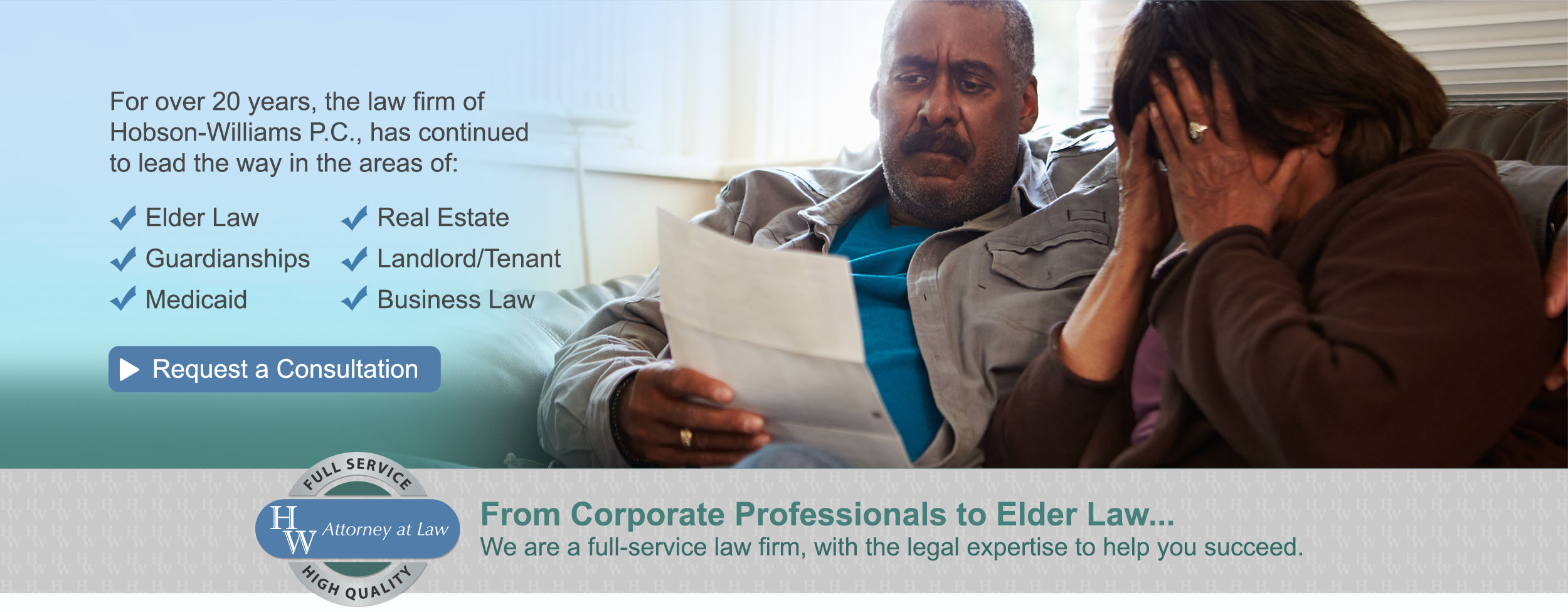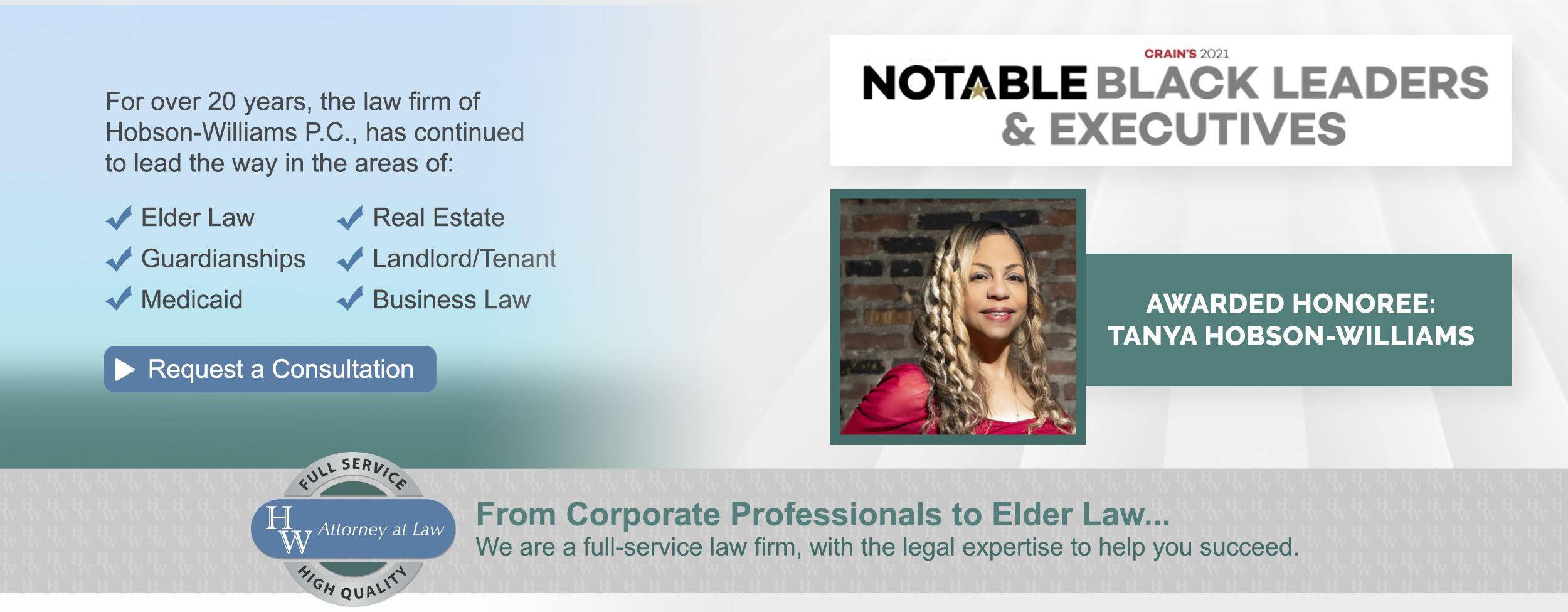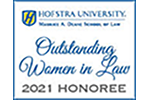JAMAICA ESTATES, NEW YORK — Tanya Hobson-Williams at Hobson-Williams, P.C. says the U.S. Supreme Court’s decision to block the New York State eviction moratorium temporarily may hinder the ability of tenants in lower-income neighborhoods to stay in their apartments or residences.
On August 12, 2021, the U.S. Supreme Court voted 6-3 to lift the state’s ban on residential evictions, which was supposed to continue until the end of the month. New York Governor Andrew Cuomo signed the COVID-19 Emergency Eviction and Foreclosure Prevention Act of 2020 into law on December 20, 2020 in an effort to help those with financial difficulties during the pandemic stay in place. In order for the tenants to continue staying where they are, they had to submit a hardship declaration to the landlord.
The moratorium was initially set to expire on May 1, 2021. Since then, Governor Cuomo extended the expiration date for the moratorium twice — first until June 30, 2021, then until August 31, 2021.
The six justices who ruled in favor of blocking the ban said that landlords were denied due process by denying their right to challenge the tenants’ claims of inability to pay rent. Ms. Hobson-Williams says lifting the ban on evictions will help the landlords at the expense of the tenants.
“The Supreme Court’s decision to temporarily halt the eviction moratorium will hurt tenants, especially the ones in lower-income communities,” Ms. Hobson-Williams says. “Once the moratorium is lifted, the landlords can pursue eviction of tenants in Housing Court for nonpayment of rent and perhaps eviction from their homes. If anyone is facing financial hardship and the possibility of eviction, please contact a landlord-tenant attorney immediately.”

















